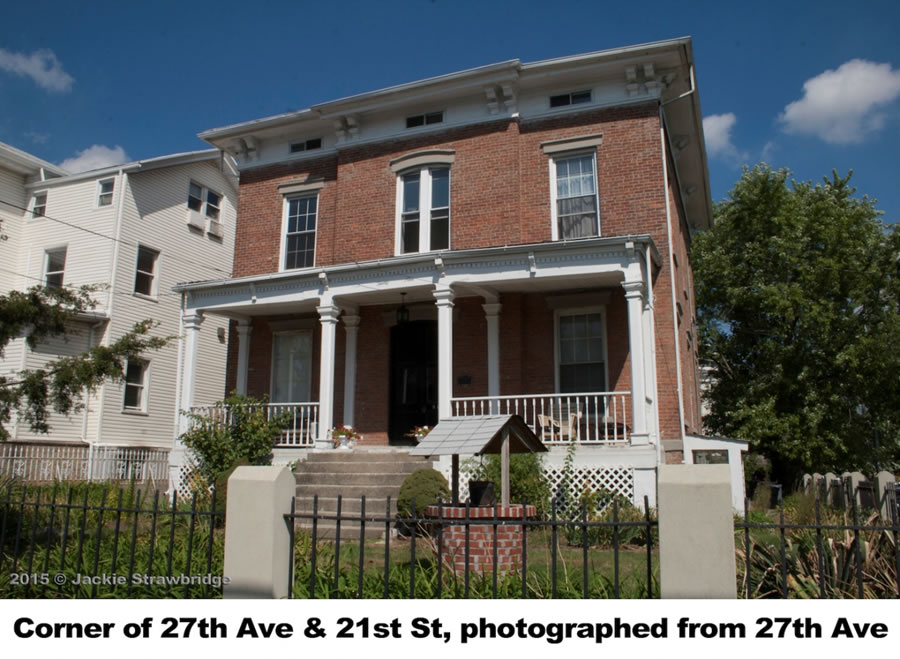NYC Property Tax Assessments Favor Wealthy Neighborhoods

Lawsuit Alleges that NYC Property Tax Assessments Favor Wealthy Neighborhoods
OANA supports equitable property taxes. Our Board members Diane Kontzoglou and Kevin Hernandez were thanked by Tax Equity Now NY for their “civic efforts in propelling this story.”
How does New York City decide how much property tax you should pay each year? The state requires that the assessment should be based your property’s market value. Say you own a 2-family home in Queens. According to the New York City Dept of Finance website, “the Department of Finance uses statistical modeling to analyze prices of similar properties (based on factors such as size and location) that sold in your neighborhood in the prior 3 years.” That sounds fair—but a lawsuit being brought against the City claims that in practice your assessment is likely to be higher if you live in a working-class neighborhood and especially one that predominantly non-white.
Now the group Tax Equity Now, a coalition of New Yorkers ”including homeowners and renters, business and trade associations, academics, good government organizations, and public interest groups such as the NAACP” has filed a class-action lawsuit charging that the “city’s property tax system is racially biased and favors the affluent over the working- and middle-class.” Tax Equity Now quotes research showing that “owners of property in many lower-income minority neighborhoods pay much higher taxes than neighborhoods where owners have higher incomes and more valuable properties” and that our 2-family homeowner in Queens might well “pay a higher tax rate than owners of luxury co-ops on 5th Avenue in Manhattan.”
One reason for the inequity? According to the Citizens Budget Commission, it’s because our tax law ‘contains provisions known as “caps” and “phase-ins.” Caps limit the percentage increase in a tax bill each year; phase-ins require that the increase in taxes . . . be spread over a multiyear period with the increase in any single year limited to a share of the full increase.’ The intention of the caps was to protect homeowners from sudden increases in housing costs. But in practice, according to the CBC, ‘the largest benefit goes to those whose homes are experiencing the most favorable market trends; little or no benefit goes to those whose housing value is not growing rapidly. In New York City this means the bulk of the benefit goes to higher income families living in the most desirable neighborhoods, and little benefit goes to lower income families living in neighborhoods where housing values are stagnant or declining.’
Will the Tax Equity Now lawsuit impel New York City to reform the inequities of property taxes? We will keep you posted as the story develops!
Corner of 27th Avenue and 21st St – photo credit Jackie Strawbridge
